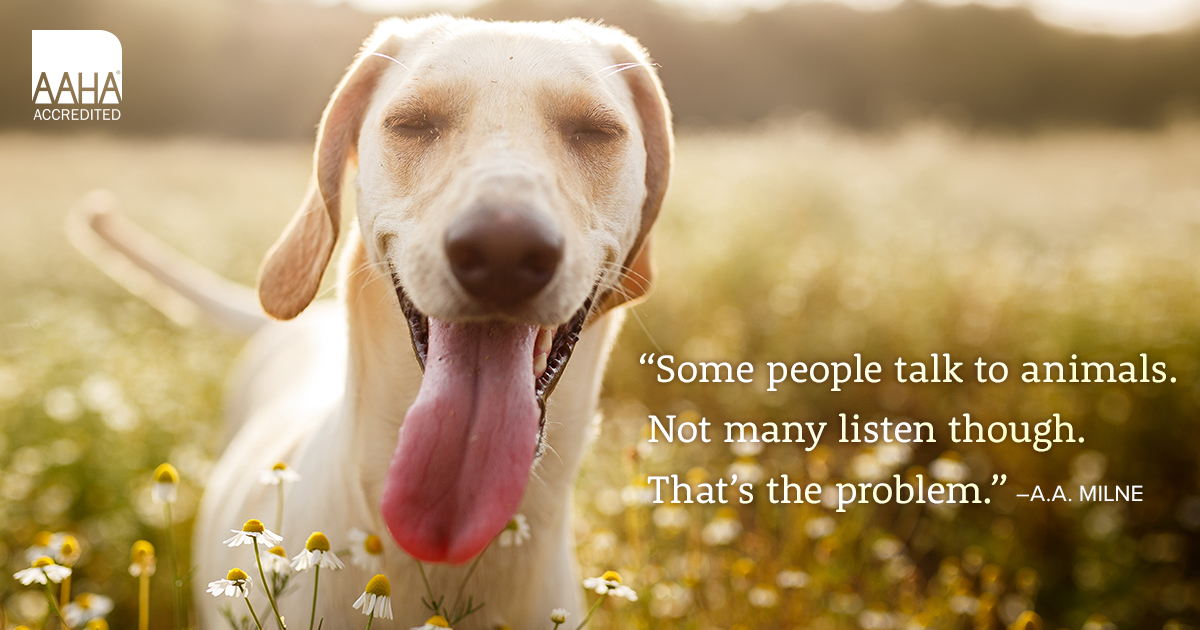
Pet Health Education Handouts
-
If your cat limps, or licks at her pads, she may have a foot pad that is torn, punctured, or burned. Minor injuries may be treated at home, by cleaning and covering the wound, but deeper or complicated wounds require veterinary attention. Try to avoid foot injuries in your cat by surveying the areas where your cat plays and walks.
-
Fleas and ticks can be found worldwide and can live in many climate zones. Prevention is key to avoid infestations and to prevent disease.
-
Fleas are the most common nuisance and parasite affecting cats, and an infestation can lead to serious health problems. Flea control requires a three-pronged approach; they need to be eliminated from 1) your cat, 2) any other cats and dogs that you have, 3) your home and yard. There are many flea control products available and your veterinarian can help you determine which are safest and most effective for your pets.
-
Overweight cats have an increased risk of many health conditions, including diabetes, arthritis, high blood pressure, and some forms of cancer. This article reviews the components of a strong weight loss plan and includes tips for success to discourage begging and help promote healthy weight loss in cats who live in a multi-cat household.
-
Adverse food reactions in cats are either caused by food allergy – an immune response to something ingested or food intolerance – a non-immunological response to something ingested. Signs of food intolerance are generally digestive in nature only. Food intolerance will generally occur on the initial exposure to the food or food additive in contrast to food allergy which requires repeated exposures to develop. Different causes of food intolerance include food poisoning, or inappropriate ingestion of an irritant, reaction to food additives, histamine reactions, lactose intolerance and dietary indiscretion such as eating fat or bones. A dietary history is important in diagnosing these conditions.
-
Genetic (DNA) testing is readily available, whether you are using it for fun to find out what breeds your pet is made up of or if you are looking into possible medical conditions. DNA samples can be collected either from a cheek swab or a blood draw. Knowing which breeds your pet is made up of can help you and your veterinarian prevent or prepare for health issues in the future.
-
Certain medical conditions require drugs that are available only in an injectable format. In many cases, cat owners can administer these medications at home. Most cats do not mind routine injections that are given in the subcutaneous tissue. This handout provides step-by-step instructions for giving an injection. Dispose of used needles and syringes properly.
-
This article outlines how to administer liquid medication directly into your cat's mouth using a syringe. Make sure you give your cat plenty of praise throughout the procedure and offer a special treat after giving the medication.
-
Giving pills to cats can be a challenge, even for the most experienced veterinarian! The easiest way to give your cat a pill is to hide the pill in food. Some cats will always find the pill and spit it out, so you may need to administer it directly into your cat's mouth. This handout provides a step-by-step guide to do this, along with some other options if it is still too difficult.
-
Grooming a cat can be a challenge to many people. Depending on coat/hair type, medical conditions, and lifestyle factors, some cats will need different levels of grooming care than others. A well-groomed cat is a sign of overall good health, and regular grooming can help you notice problems early on.

